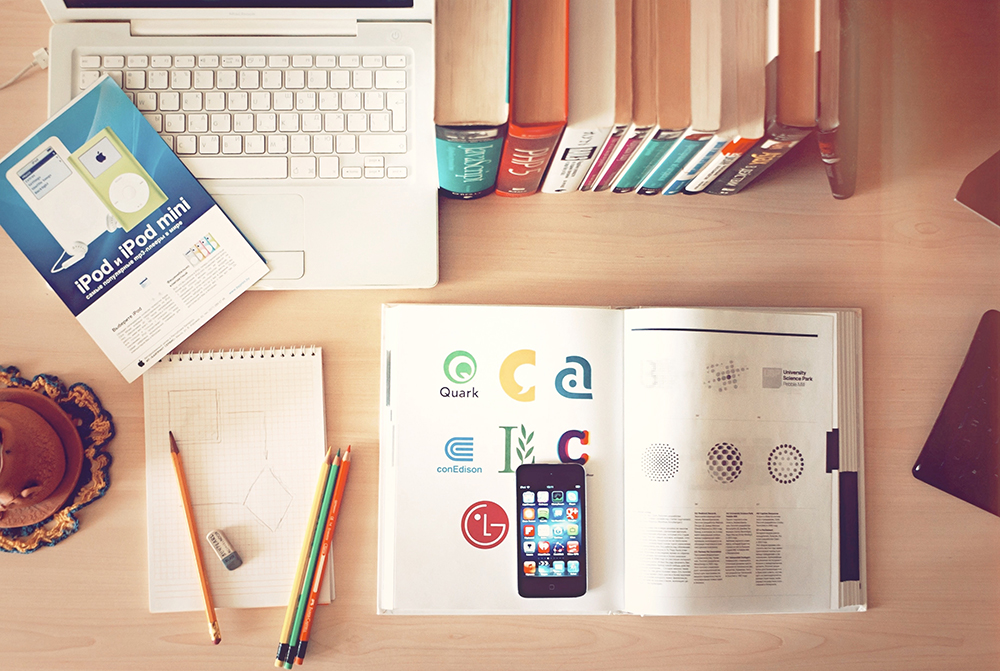Your iPhone is keeping track, but is it enough?
It’s been a year since Apple introduced a new feature to its iOS settings: “Screen Time,” the activity and phone use tracker.
Since updating to iOS 12 and beyond, we’ve been getting daily and weekly reports on our phone with data on mobile usage to help us set limits on how long we can endlessly scroll through Instagram or Twitter. Apple CEO Tim Cook has even used Screen Time to flaunt his company’s questionable anti-phone stance.
I finally did the screen time ios phone thing by limiting the time that I have access to my apps and it’s a game changer! Everyone should do this.
(@corykerr) May 1, 2019
But since its introduction to our iPhone-filled lives, Screen Time has been lacking. It promised us salvation from our phone addiction (by telling you that you picked up your phone 127 times on Saturday) but it’s become just another data point. It’s nice to have all this information, but Apple doesn’t offer much to actually do to with it.
Ahead of this year’s big Apple developer conference WWDC next week, here are some ideas and suggestions to improve Screen Time. Maybe we’ll actually get off our phones this year. Probably not.
Screen Time tells you what you’re doing on your iPhone.
Image: apple
Cheater, cheater!
Screen Time lets you set time limits on all (or none of) your apps if you want, or you can pick and choose which types of apps you can only use for a set amount of time. I give myself 15 minutes of daily screen time on my iPhone 6 for all games and social networking apps.
But when my 15 minutes are up, I inevitably keep giving myself more time to look at friends’ status updates on Facebook. A pop-up notifies me that I’ve reached my limit, but I can add 15 more minutes, an hour, or even all-day access to that app. Basically I’m given an option to cheat on my Screen Time limits.
It’s so easy to cheat.
Image: sasha lekach / mashable
I knowingly give myself more time and appreciate Apple calling out that I didn’t stick to my strict 15 minutes, but once I give in to more time wasted there aren’t any consequences, really. That’s it. I have to punch in my personal Screen Time passcode to approve the extra time, and then it’s never spoken of again.
Apple needs to get a bit tougher on this front, at least in the weekly report overviewing how many minutes and pickups you racked up and which apps and categories you overindulged in. It should include that you extended your limit 45 times this week here, or flag that you have a problem when it comes to sticking to your time limit on certain apps. Something, anything that makes us think a little harder before we click “approve all day.”
Limited history
When it comes to gauging how you’ve responded to an overt amount of phone usage, you can either see how your phone addiction is faring from the same day or from the past week. There’s not much customization or analysis beyond those two options within the feature. It’s time to see how we’re doing over different time periods, especially if it’s a weird week while you’re on vacation.
I find the screen time feature on iOS useful but wish it wasnt just based on the same day the previous week. A rolling average across a longer period would be more helpful
Peter (@gatesheadgeek) April 29, 2019
For those of us actually trying to modify our behaviors around our phones, it’s a process that takes weeks and months. We should be able to get a better sense of how we’re using our phone over time. Change doesn’t just happen in a week.
Let’s get specific
This tweet below may be tongue-in-cheek wanting Screen Time to tell you super specific actions you’ve taken but it’s not that big of an ask. Screen Time keeps things broad and general, breaking down what types of apps you use (productivity, reading, games, etc.) and then listing the ones you use the most.
I never told my iPhone to start tallying how my screen time can be broken down, but I wish it would tell me the specific amount of time I spend liking dog photos across platforms
Alison Fensterstock (@AlisonF_NOLA) May 13, 2019
But if you were reading a massive New Yorker piece on Twitter, it feels like you should get some time back compared to mindless “liking” on Instagram. Right? What you’re doing within different apps carries different weight.
So what?
Screen Time is rife with missed opportunities. Every Sunday I get a notification flagging my “Weekly Report Available.” This week I was told my screen time was down 17 percent compared to the previous week. That’s great, and I’m proud of myself.
But where do we go from here? Apple educates me on my usage and behaviors, but doesn’t do much to help me enact a plan utilizing said information. Can I graduate to a more stringent version of Screen Time? Or if I “performed” poorly this week and was up 17 percent instead of downmaybe I should lose my “approve for an hour” privileges? Just some ideas.
As others have pointed out, Screen Time data should be usable data. In the tweet above, this educator wants to be able to use the Screen Time data in other Apple programs. As is, it sits within your iPhone settings and can’t be exported or really shared for deeper analysis or other accountability purposes.
SEE ALSO: Tim Cook says ‘we don’t want people using their phone all the time.’ That’s total BS.
Screen Time might be a good start, but it needs to expand and get tougher if Apple really wants us to get off our phones.

Theatre





